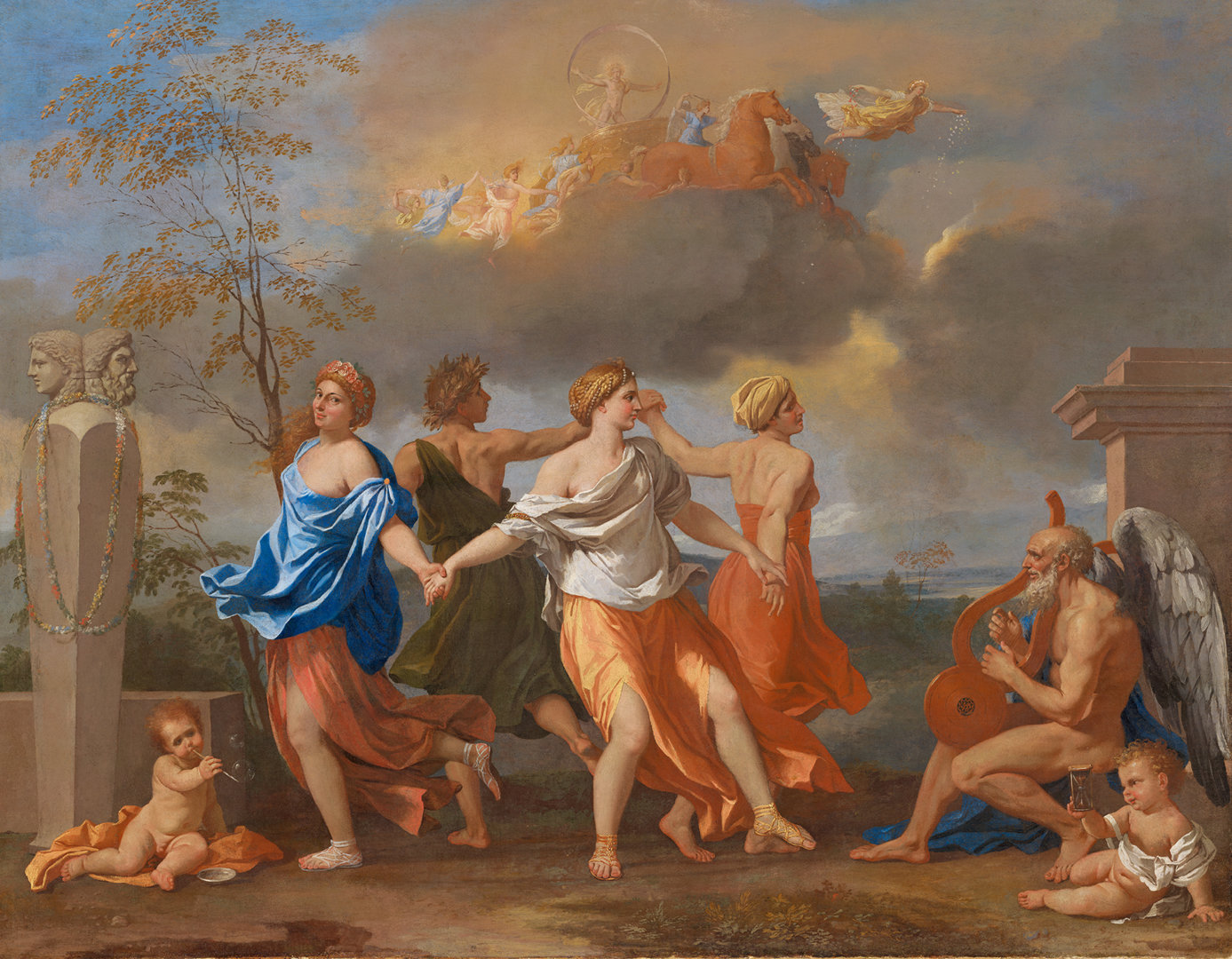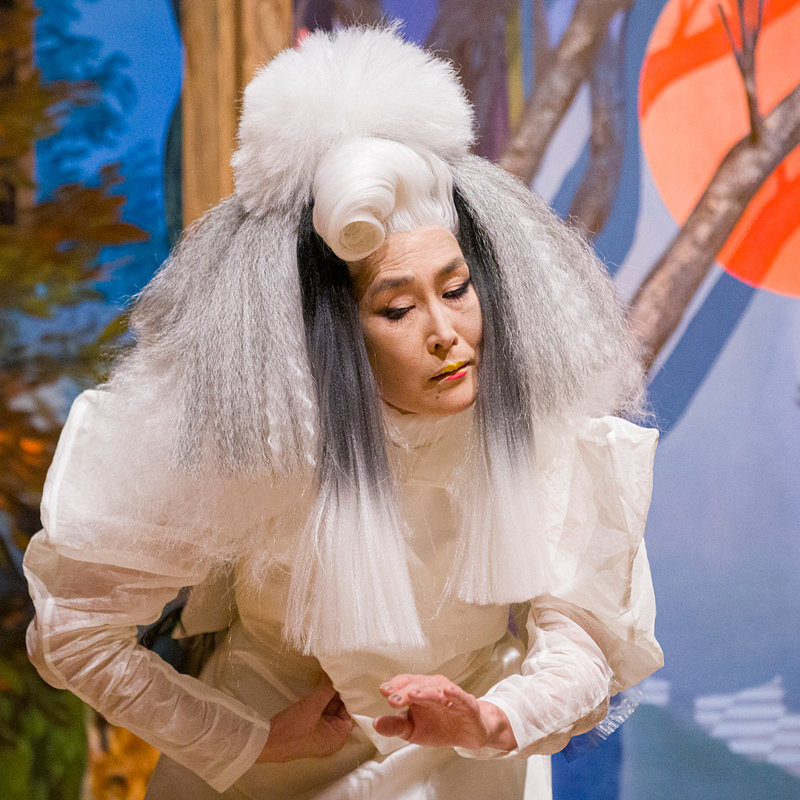Thanks to the generosity of the Wallace Collection, one of Poussin's greatest works, 'A Dance to the Music of Time' (about 1634) will star in our autumn exhibition, 'Poussin and the Dance.'
The exhibition marks a number of firsts – it’s the first time this wonderful painting has been loaned anywhere by the Wallace Collection, it's the first exhibition dedicated to Poussin's pictures of dance, and it's the first exhibition on Poussin ever to be held at the National Gallery.
The landmark exhibition will show this often overlooked artist in a new light, celebrating the joyous, mischievous and surprisingly fun side of his work.
A Dance to the Music of Time
Poussin created 'A Dance to the Music of Time' for a Roman patron, Giulio Rospigliosi, later Pope Clement IX. The group of figures in the painting represent the perpetual cycle of the human condition: Poverty, Labour, Wealth and Pleasure which, if indulged to excess, reverts to Poverty. The dancers are accompanied on the lyre by the winged figure of Time.
Two putti, one blowing bubbles and one holding an hourglass are symbols for the transience of life, while, above, the sun god Apollo rides across the morning sky in his chariot, preceded by Aurora (dawn) and followed by the Hours.
The painting later famously inspired Anthony Powell’s acclaimed 12-novel sequence of the same name, published between 1951 and 1975.
Remarkable loans
This major loan is the latest feature of the Wallace Collection and the National Gallery’s close collaboration. The Wallace Collection’s first-ever loan was of 'Perseus and Andromeda', (1554–6) to our 2020 exhibition, 'Titian: Love, Desire, Death'.
'Poussin and the Dance' will reunite over twenty paintings and drawings from public and private collections in Europe and the USA, including a series of drawings generously lent by Her Majesty the Queen. They will be shown alongside some of the celebrated Classical antiquities that inspired them: 'The Borghese Vase' (first century CE) and 'The Borghese Dancers' (second century CE), both from the Musée du Louvre, Paris.
Many of these works are being seen together for the first time in a generation and will allow visitors to trace Poussin’s influences and the sophisticated translations he made between marble, paint and paper.
After London, the exhibition will travel to the J. Paul Getty Museum, Los Angeles (15 February – 8 May 2022).








